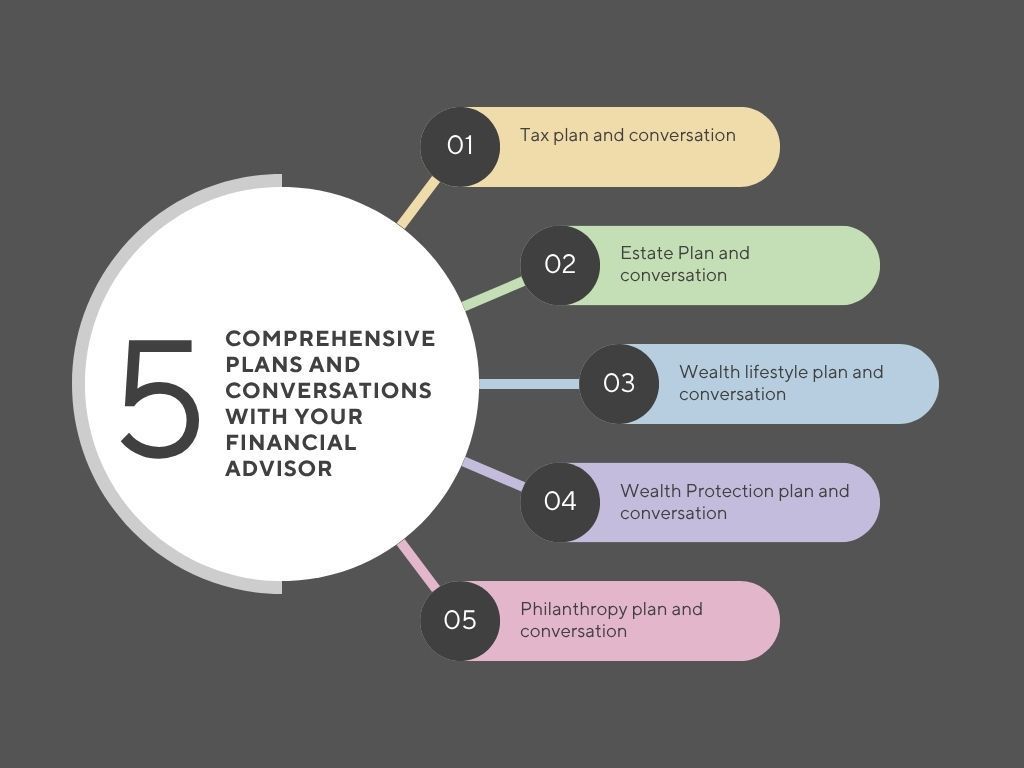A D V I S O R P R A C T I C E M A N A G E M E N T
BLOG
How to Purchase a Financial Advisory Practice

Acquiring a financial advisory practice isn’t just a deal—it’s a defining move that can launch your growth or quietly sink your momentum.
Done right, it enhances your credibility, expands your client base, and fosters your future. But miss the critical steps, and the cost isn’t just financial—it’s your reputation. Discover what advisors don’t want to overlook when making their first big acquisition.
Buying a financial advisory practice isn’t just a transaction. It's a strategic move that can be a career-defining moment, leading to significant growth and success.
What I mean by this is the purchase can instantly accelerate your growth, elevate your credibility, and position you as a serious player in your market. But it can also derail you—if you don’t do your homework and rely on professionals to help you.
The following has been written as an introduction to purchasing an advisory practice. There are many more elements to consider. I recommend consulting professionals to assist you in this process, at least for your first acquisition. Review the following steps to purchasing a financial advisory practice:
Step 1: Start With the End in Mind
Before you look at numbers, ask, “What kind of business do I want to own three years from now?”
Buying a practice is about more than just finances and additional assets under management (AUM); it's about finding a good fit. It must align with your goals, values, and client service model.
How to Begin:
- Write a one-pager answering:
- Who is my ideal client?
- What lifestyle do I want as an advisor-owner?
- How involved do I want to be in operations, team management, and client service?
- Define your “must-haves” and “non-negotiables” in any potential deal. For instance, a 'must-have' could be a certain level of client retention, while a 'non-negotiable' could be a clear transition plan.
Step 2: Find the Right Practice to Buy
Top advisors don’t chase any deal—they curate the right one. Look for a business that enhances your value, not one that adds work.
How to Begin:
- Activate your network: dealers, wholesalers, custodians, consultants, brokers, succession platforms.
- Use filters: location, AUM, revenue mix, team structure, client demographics.
- Be patient. The best deals often come quietly through relationships, rather than through listings.
Step 3: Perform Ruthless Due Diligence
Don’t fall in love with the numbers too soon. What looks good on a spreadsheet can become a disaster in real life if you skip the deep dive.
How to Begin:
Assess Four Key Areas:
- Clients – Age, asset size, retention risk, revenue concentration.
- Team – Who’s staying? Who’s essential? What’s morale like?
- Financials – Normalize the numbers (remove owner perks) and compare recurring vs. transactional revenue.
- Technology & Operations – Are their systems scalable or duct-taped?
Ask to see (among many other items):
- 3 years of financials
- Dealer remuneration report
- CRM data and client segmentation
- Fee schedules and contracts
- HR policies, staff comp, employment agreements, and tenure
- Tech stack and compliance protocols
- Ask the selling advisor what they last did for the client and when they last contacted the client
- In Canada, pull an NRD report
These reports provide information on securities-regulated individuals, including their registration history, employment history, and any disciplinary actions taken against them.
Step 4: Structure a Smart Deal
The best deals reward performance and protect both parties. Avoid all-cash, all-upfront deals—they’re a red flag. Tie part of the payout to retention. From the seller’s perspective, a sale over the years improves tax efficiency.
How to Begin:
- Structure with two or three elements:
- Upfront Payment – Based on book quality and transition risk.
- Earnout – A percentage tied to client retention (12–60 months).
- Seller Involvement – A clear role (if any), duration, and responsibilities.
· Use a qualified practice management consultant, legal professional, or M&A advisor to model the deal.
Step 5: Master the Transition Plan
Clients don’t stay just because you bought the practice. They stay because they feel a sense of continuity, care, and confidence, and they have been well taken care of.
How to Begin:
- Co-create a communication and transition plan with the seller:
- Personal letters
- Joint client meetings
- Gradual handoff schedule
· Retain the staff that clients trust. Invest in their loyalty early.
· Overdeliver in the first 90 days in the areas of calls, reviews, and responsiveness. First impressions now matter more than ever.
Step 6: Integrate and Optimize the Business
You’ve now made the purchase. Now the real work begins. The best advisors don’t just absorb a book—they elevate it and build additional practice value. This is your moment to modernize, streamline, and make the business your own.
How to Begin:
- Conduct a complete operational audit within 60 days.
- Systematize the investment consulting, client experience, and client acquisition processes—service calendar, onboarding, reviews.
- Align tech and CRM with your workflows.
- Identify the top 20% of clients—book meetings fast and begin building trust.
Step 7: Measure, Adjust, Grow
- Track key metrics:
- Retention rate (clients and staff)
- Revenue realization vs. forecast
- Number of introductions from acquired clients
- Operational efficiency gains
- Schedule 30-, 90-, and 180-day post-acquisition reviews with your team and outside advisors.
Final Word:
Buying a practice is not a shortcut to success. It’s a high-stakes opportunity to level up if you approach it like a leader, not a hunter.
Your Next 3 Moves:
- Build your “acquisition vision” one-pager.
- Begin seeking and speaking with advisors who are looking for an imminent exit.
- Schedule a call with a practice management consultant, a legal professional, or an M&A coach.
- Start conversations today. Relationships create the best deals.
At Advisor Practice Management, we’ve accumulated a 100 Point Checklist to help advisors undergo due diligence when purchasing a financial advisory practice. If you would like to receive this Checklist, please send your request to jeff@jeffthorsteinson.com
Thank you for reading! This is what we help advisors do every day!
To book a no-obligation appointment with Jeff to discuss the above topic, practice management, or coaching, click https://calendly.com/jeffthorsteinson/30-minute-q-a-explore-apm
Jeff Thorsteinson is a partner in Advisor Practice Management, an organization that helps financial advisors build world-class practices through innovative concepts, tools, and systems. Jeff works with individual advisors, investment dealers, insurance firms, and fund companies. Jeff Thorsteinson, Grant Hicks and Advisor Practice Management's combined financial advisor clients manage over 8 billion AUM, and earn over $80 million dollars combined!
For more information about Advisor Practice Management, contact jeff@jeffthorsteinson.com or 1-800-223-9332, or visit the website at www.apm.coach



